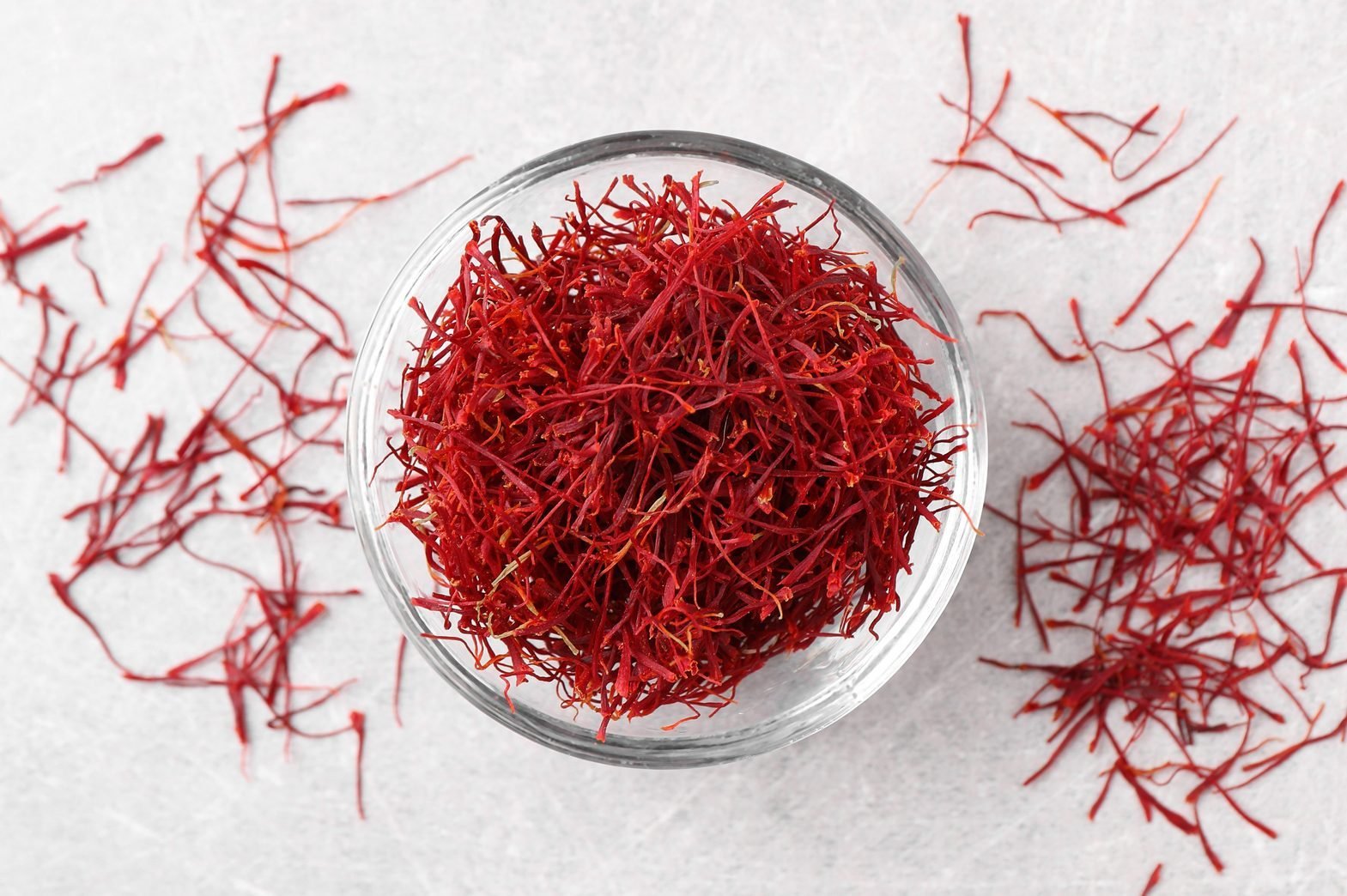Physical Address
304 North Cardinal St.
Dorchester Center, MA 02124

Saffron, often referred to as “Red Gold,” is renowned as the most expensive spice in the world. It is prized for its unique flavor, aroma, and color, and is used in various cuisines, cosmetics, and traditional medicines. The expense of saffron can be attributed to several factors, primarily its labor-intensive harvesting process and the sheer volume of flowers needed to produce a small amount of the spice. In this article, we’ll explore the intricate world of saffron and understand why it commands such a high price.
The saffron spice is derived from the stigma of the Crocus sativus flower. Each flower produces only three red saffron threads, and these delicate threads need to be hand-picked during the saffron harvest season. It takes approximately 75,000 saffron flowers to yield a single pound of saffron spice, requiring nearly 200 hours of labor. This intensive manual effort significantly contributes to the cost of saffron.
The Crocus sativus flower, from which saffron is obtained, demands a considerable amount of land to cultivate. The flowers are generally spread out to avoid damage, requiring substantial land to produce even small quantities of the spice. Given the immense land requirements and the scarcity of suitable agricultural land, saffron becomes a precious commodity.
Saffron crocuses are extremely susceptible to environmental conditions. They need specific weather conditions to bloom and are sensitive to changes in temperature and rainfall. A slight deviation in weather patterns can affect the yield of saffron threads, making the supply unstable and contributing to the high price.
Due to its high value, saffron is often subject to adulteration and fraudulent practices. Many products sold as saffron are mixed with other substances to increase weight and volume. The prevalence of adulterated saffron in the market enhances the value of pure, authentic saffron, pushing its price even higher.
After harvesting, saffron threads undergo a meticulous drying process to enhance their flavor and color. The threads are dried slowly under controlled conditions to preserve their quality. This lengthy and careful drying process adds another layer to the overall cost of producing saffron.
The global demand for saffron is another factor in its steep pricing. It’s not only a culinary ingredient but also holds cultural, medicinal, and symbolic importance in various societies. Its multifunctional usage across different domains increases its demand, and with limited supply, the price inevitably surges.
When selecting saffron, look for threads that are deep red with orange tips, indicative of high quality. It should be stored in an airtight container, away from light and moisture, to preserve its flavor and potency.
Understanding why saffron is so expensive involves looking at the meticulous and labor-intensive process of harvesting and processing, along with the vast land requirements and the susceptibility of crops to weather conditions. The high risks of adulteration and the global demand due to its multifunctional usage further elevate its status as a luxury spice. While the price of saffron may seem extravagant, the labor, effort, and risk involved in bringing this exquisite spice to our kitchens make it a true embodiment of luxury and rarity. When buying saffron, appreciating the intricate process behind its production can enhance the culinary experience, making every thread a testament to the spice’s illustrious journey from flower to flavor.